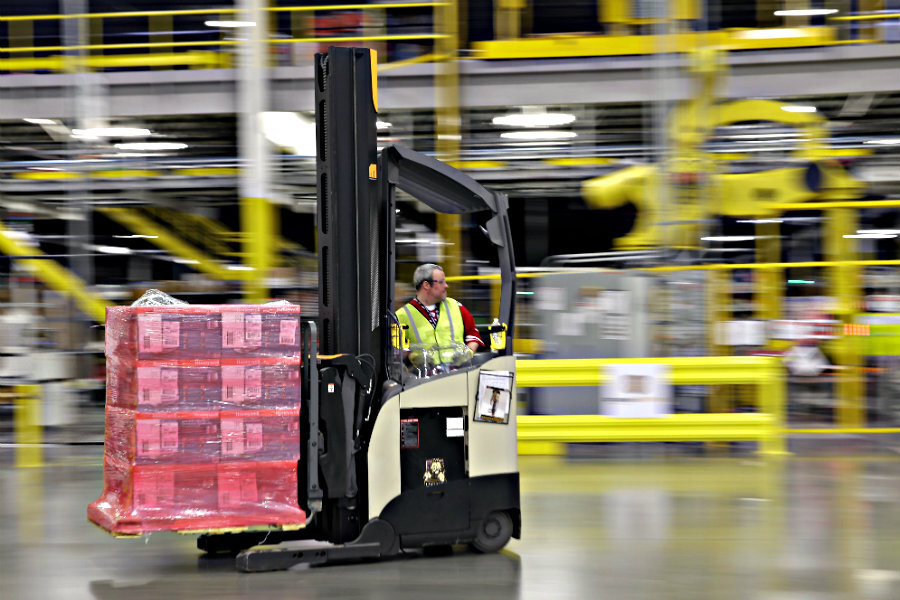Why is Amazon expanding to 100 pop-up stores?
Loading...
The world’s largest online retailer could be bringing its wares to a mall near you, according to Business Insider, which reports that Amazon is planning to establish up to 100 pop-up stores across the country.
The pop-up kiosks differ from Amazon’s online store and its existing brick-and-mortar shop in Seattle in that they are non-permanent stalls, intended to introduce potential customers to Amazon products rather than make sales.
"We offer pop-up kiosks so that customers can try out all our new devices and learn about our services like Prime and unique content like Amazon Originals," Amazon said in a statement.
While the vast majority of its business is transacted online, Amazon has been expanding into the brick-and-mortar world recently. The company opened its first bookstore in Seattle last year, and has announced its intention to construct more stores in San Diego, New York, Chicago, and Portland.
Currently, Amazon has 22 pop-up stores in 12 states, with that number potentially set to grow to up to 100 stores by next year. California is home to six of the existing stores, with Washington state, New Jersey, New York, and Texas each hosting more than two apiece.
Unlike its online store, where customers can purchase anything from laundry detergent to a television set, pop-up stores are dedicated to showcasing Amazon’s electronic products (such as the Kindle Fire or the Echo) and marketing its services, such as Prime TV.
The goal is to allow customers to interface with products in the 300- to 500-foot pop-ups, thereby increasing online Amazon sales.
Ironically, as sales and services become more digitally driven, some online stores are shifting back to the physical realm. Customers like the hands-on experience and discussing features with an actual person. As The Christian Science Monitor’s Jason Thomson reported in May, many online stores are seeking to grow their physical presence.
"Amazon spent the first 10 to 20 years convincing people to buy online," Georgetown University business professor Marlene Morris Towns told the Monitor. "Now there is a shift, with lots of online sellers moving into physical spaces."
In February, mall operations chief Sandeep Mathrani told reporters that Amazon could hope to eventually open up to 400 brick-and-mortar stores, though he later stepped back from those claims. In May, CEO Jeff Bezos told investors that the online retailer was interested in aggressive expansion into retail.
As Amazon deepens its investment in the technology and services markets, allowing customers to interface with new products has become increasingly important.
One source told Business Insider that Amazon first considered establishing pop-up stores when it released the Echo, a hands free, voice-controlled speaker, in 2013. The Echo and its companion, Alexa, are some of the electronics featured at Amazon pop-up stores. Department stores, such as Wal-Mart, stopped selling Amazon electronics products in 2012.
"When you walk into a store, surrounded by everything the retailer represents – the staff, the layout, the products, the music – you get a sense of what this brand really is," Georgetown’s Dr. Towns told the Monitor. "Despite the convenience and lower prices of online shopping, consumers still miss out on the 3D experience."






